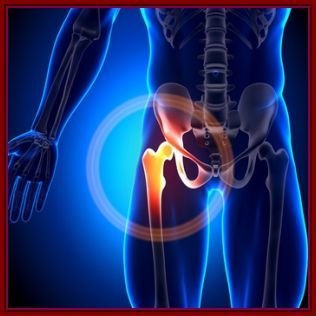Orthopedics is a branch of medicine that focuses on treating conditions involving the musculature system. Surgeons who specialize in this field of medicine treat musculature trauma, degenerative diseases, sports injuries, tumors, congenital disorders, and infections.
HipReplacement
A
hip replacement, also known as a hip arthroscopic is a procedure
where the patient's hip is surgically replaced with a prosthetic
implant. Currently, they are the most common of all orthopedic
surgery procedures. There are two different procedures available: a
total and a half. In a total hip replacement.
Pros of this procedure include:
- It is a well-practiced surgery with limited complications
- It can be performed on more individuals with complicated hips
- There is a
limited risk of metal ions releasing into the blood from the metal
on plastic and ceramic models.
Cons include:
- There is some limitation in mobility follow the surgery due to a risk of dislocation
- Revisions are typically required every 10-25 years (this means replacement of the plastic cup)
Knee Replacement
A
knee replacement, also referred to as a knee arthroplasty, is a type
of orthopedic surgery that features replacement of the weight-bearing
surfaces of the knee joint. This surgical procedure is generally
performed to relieve joint pain and other symptoms caused by
osteoarthritis or other knee diseases, including rheumatoid arthritis
and psoriatic arthritis.
Like
hip replacements, knee replacements come in two varieties: partial
and total. This orthopedic surgery procedure consists of replacing
joint surfaces that have been diseased or damaged with metal or
plastic replacements. The replacement parts have been specially
formed and shaped to allow maximum continued motion of the knee.
Pros of this procedure include:
- It has a long life and lasts for about 15 years.
- It is a very popular treatment that has stood the test of time.
Cons include:
- It is a more time consuming operation than partial knee replacement, wherein more bone needs to be removed and involves a bigger incision
- A longer hospital stay is required and the recovery period often takes much longer.
- A blood transfusion maybe needed.
- You might have difficulty moving, especially bending your knee
Kamalnayan Bajaj Hospital is one of the best private hospital in Aurangabad and also has a successful hystory in the field of Joint Replacement surgery in India.We welcomes you to experience the excellence.
For more details visit us http://orthopedicsindia.com and send enquiry.
Contact : Kamalnayan Bajaj Hospital
Beed Bypass Road, Aurangabad - 431 005
Maharashtra State, India.
E-mail : orthopedicsind@gmail.com




No comments:
Post a Comment